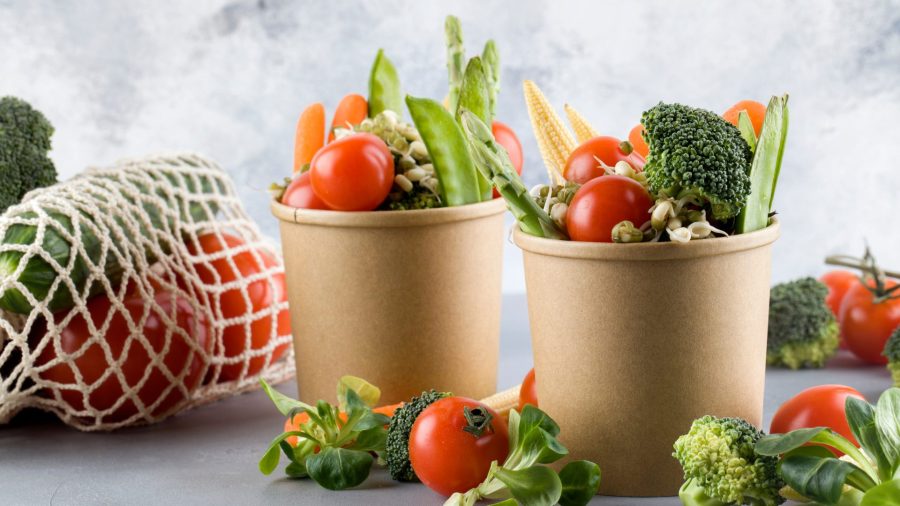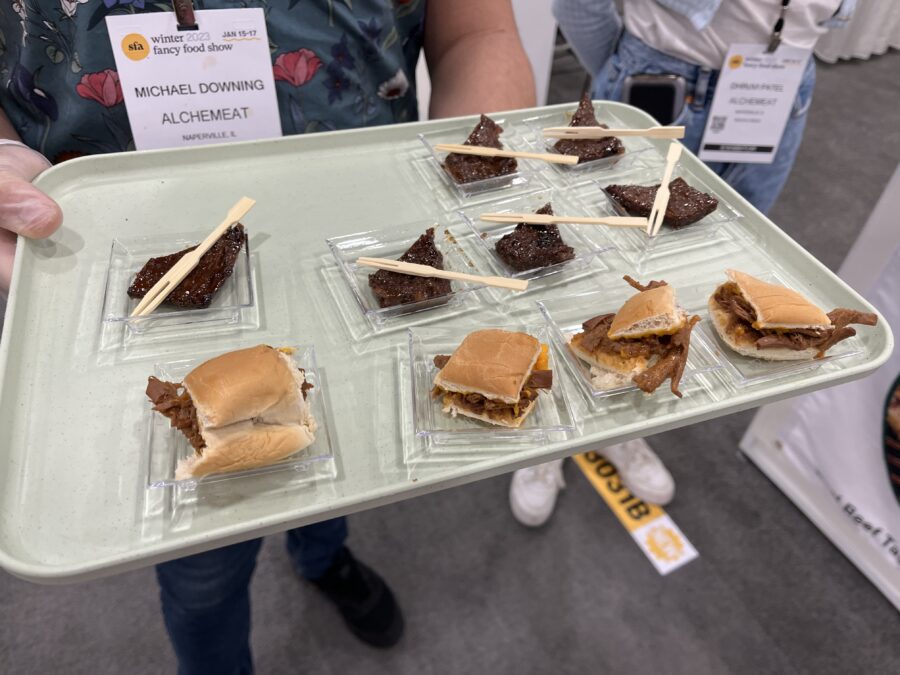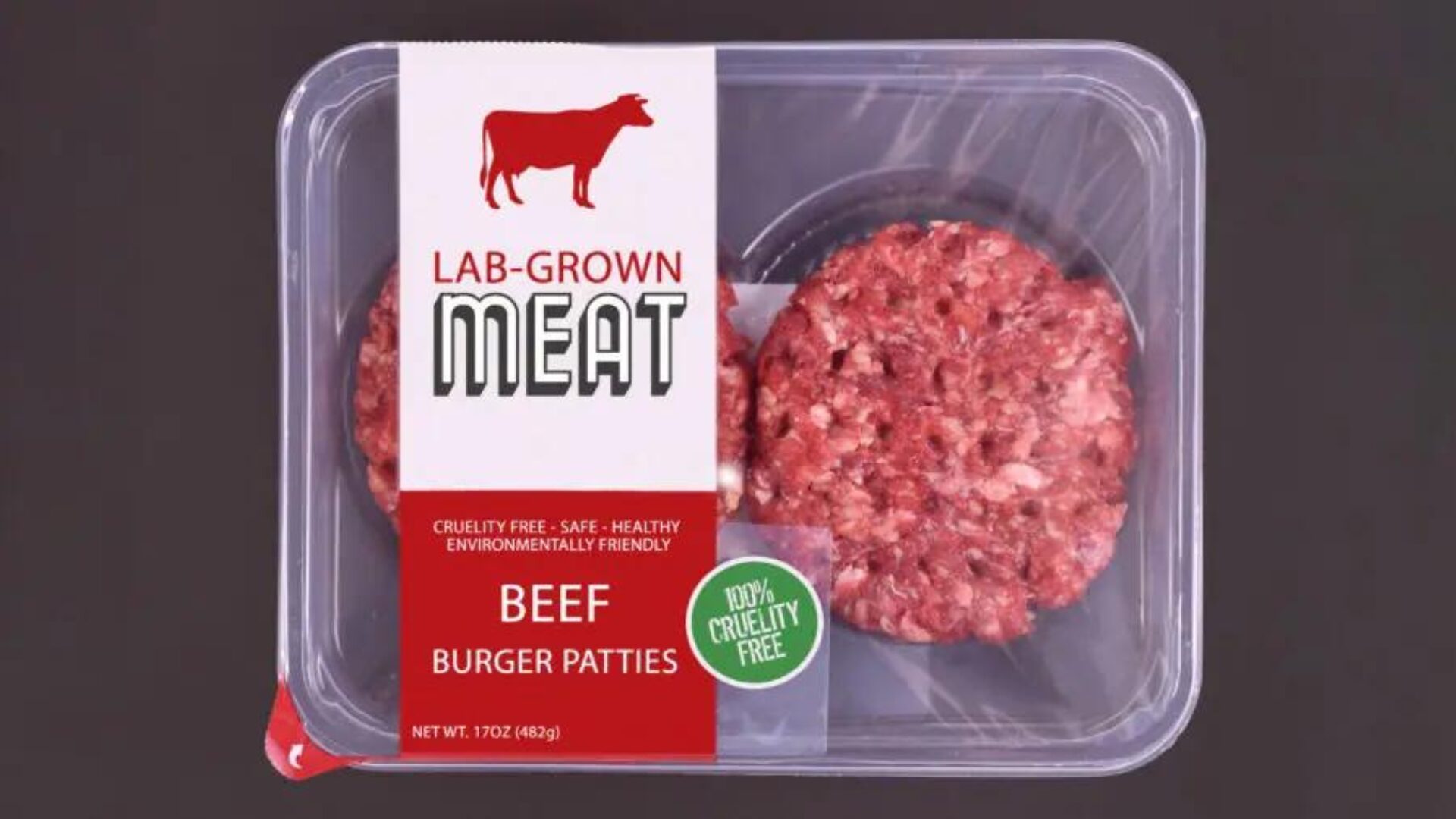Not all cappuccinos are created equal – especially when it comes to the amount of caffeine served. A recent study from consumer group Which? found that there are major differences in the amount of caffeine served in your favorite beverages among coffee chains.
Take Costa versus Starbucks for example. A cappuccino from UK-based Costa has nearly five times as much caffeine as one from Starbucks, according to the research conducted by Which?
That information comes as a surprise to many. Although caffeine is a staple in most people’s diets, it still is advised to be consumed in moderation. According to the study, most people can safely consume 300-400 mg of caffeine per day, but more than 600 mg is linked to insomnia, nervousness, irritability, increased blood pressure and upset stomachs.
“Many of us rely on coffee to get us through the dark winter mornings, but our research shows you may be consuming significantly more, or less, caffeine than you bargained for,” Shefalee Loth, Which? nutritionist, told The Guardian.
There are many factors that go into the amount of caffeine per cup, explains Monica Russell, a nutritionist and CEO of Acquired Coffee.
“Caffeine levels can vary greatly depending on the coffee beans used, the brewing method, and even the roast level. For example, a dark roast coffee may have less caffeine than a light roast due to the roasting process breaking down caffeine molecules,” Russell told The Food Institute.
“A single shot of espresso can range from 30-50 milligrams of caffeine, but a 12-ounce serving of coffee can contain anywhere from 95-200 milligrams,” Russell added.
Highly Caffeinated Coffees
| Drink | Caffeine (mg) |
|---|---|
| Black Label Brewed Coffee | 1,555 |
| Devils Brew Extreme Caffeine | 1,325 |
| Taft Coffee (EU) | 1,182 |
| Black Insomnia Coffee | 1,105 |
| Cannonball Coffee Maximum Charge | 1,101 |
| Biohazard Coffee | 928 |
| Death Wish Coffee | 728 |
| GymBrew Coffee | 333 |
| Coffee Bean & Tea Leaf Coffee (16-oz.) | 333 |
| Starbucks Grande Coffee (16-oz.) | 310 |
| Caribou Brewed Coffee (16-oz.) | 305 |
| Starbucks Bottled Iced Coffee (48-oz.) | 640 |
Source: The Caffeine Informer (unless otherwise noted, all drinks are 12 fl oz.
Because caffeine does have negative side effects it’s important for consumers to know exactly how much is in each beverage. However, with the huge disparities from chain to chain, it’s extremely difficult to know how much is being consumed.
Someone who frequents Starbucks, which was on the lower end of the caffeine spectrum, and decides to grab a cappuccino from Costa instead is in for a rude awakening as it has five times as much caffeine – roughly the same amount as four Red Bull energy drinks, according to The Guardian.
“In my personal experience, I have seen customers order the same size drink from the same chain, only to have different levels of caffeine in their cup due to variations in the brewing process or beans used at different locations,” Russell said.
“This inconsistency can be frustrating for customers who are trying to manage their caffeine intake for health or personal reasons.”
In The Guardian article, the findings by Which? on the amount of caffeine variation took many consumers by surprise.
“I had no idea that there was that big a difference. I thought coffee was just coffee, but maybe I’ll start thinking about it now,” Laurens Dekker, 25, told The Guardian.
This information can be found with some digging, but most people aren’t thinking about the differences in caffeine from one chain to the next when they order their morning cup of joe. Is it the coffee maker’s responsibility to inform customers about the amount of caffeine in their coffee? April Jamison, barista and founder of Brew That Coffee, said yes.
“It is essential for coffee chains to be transparent about the amount of caffeine in their beverages so that customers can make informed decisions about what they’re consuming. For example, a customer who is particularly sensitive to caffeine should be aware of the amount of caffeine in a particular type of coffee,” Jamison told The Food Institute. “Additionally, those who are pregnant or breastfeeding should be mindful of the amount of caffeine they’re consuming, and the information should be clearly stated on the packaging.”
“Overall, coffee chains need to be more forthcoming with information about the amount of caffeine in their beverages,” Jamison added.
The Food Institute Podcast
Click the play button above to listen to the episode.
How are consumers changing consumption patterns as inflation pushes CPG prices higher? Ibotta SVP Chris Jensen discusses how consumers are gravitating towards at-home eating, tactics retailers are employing to maintain and grow their customer bases, and how loyalty programs can benefit consumers and retailers alike.











